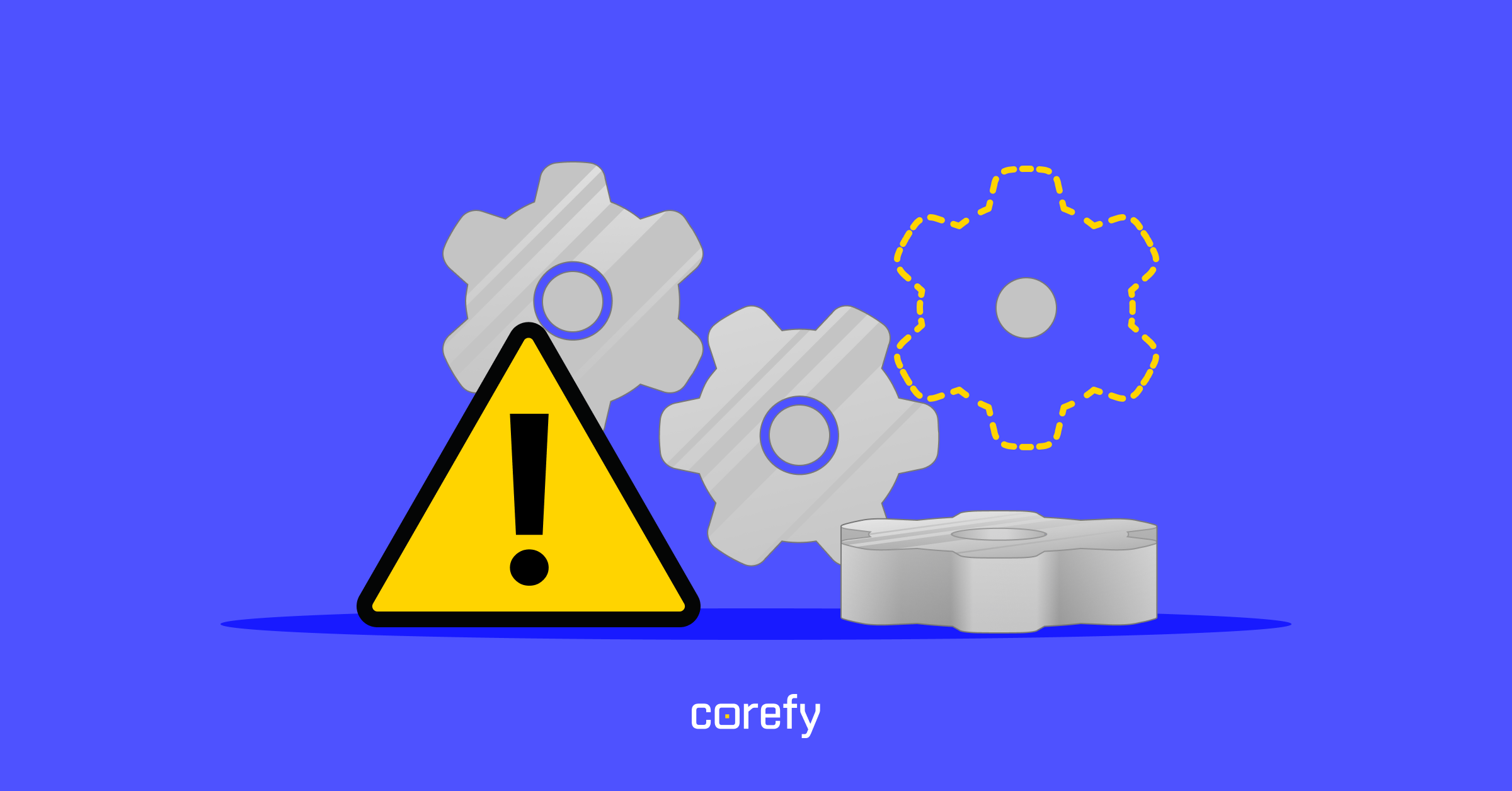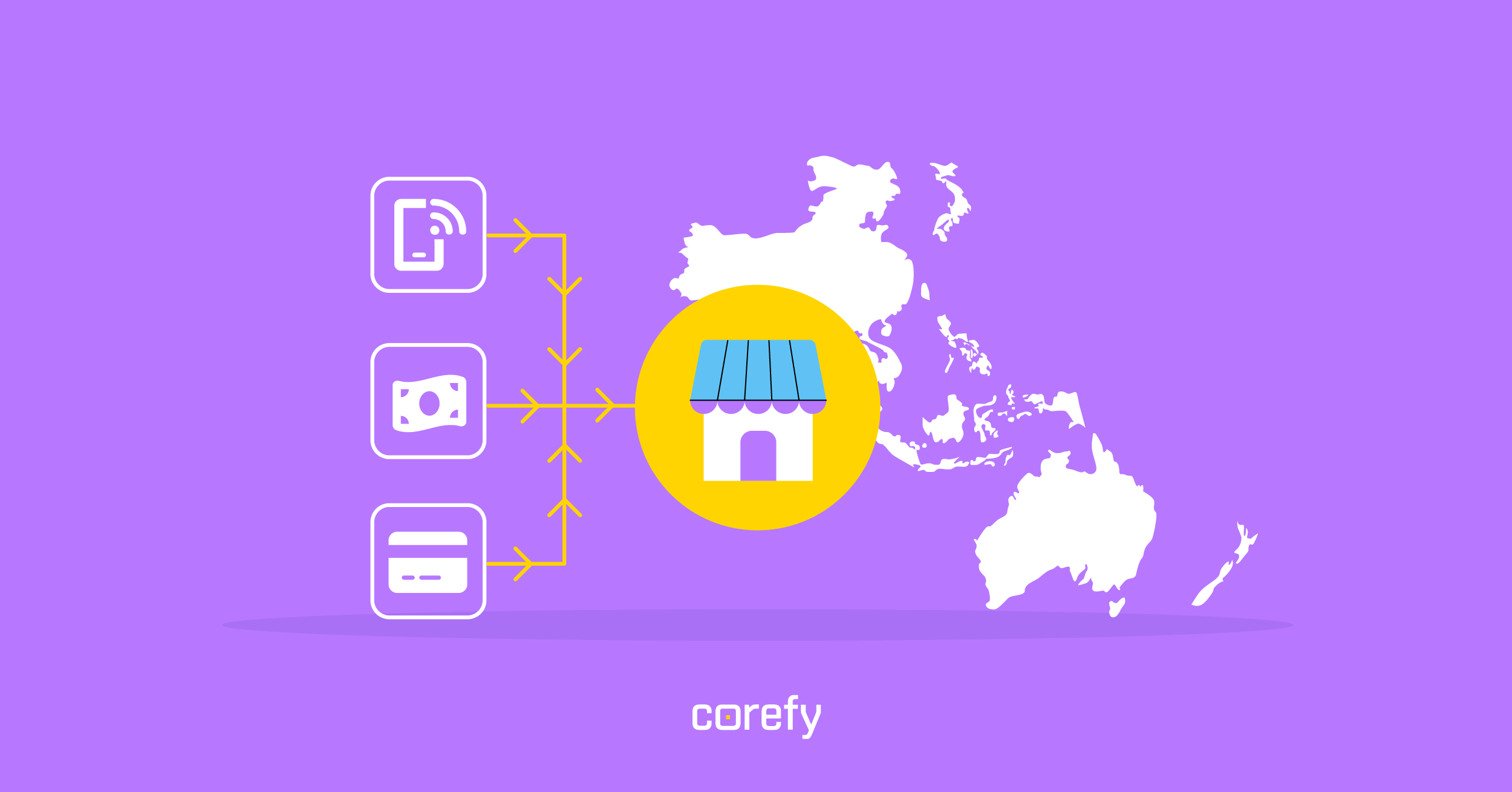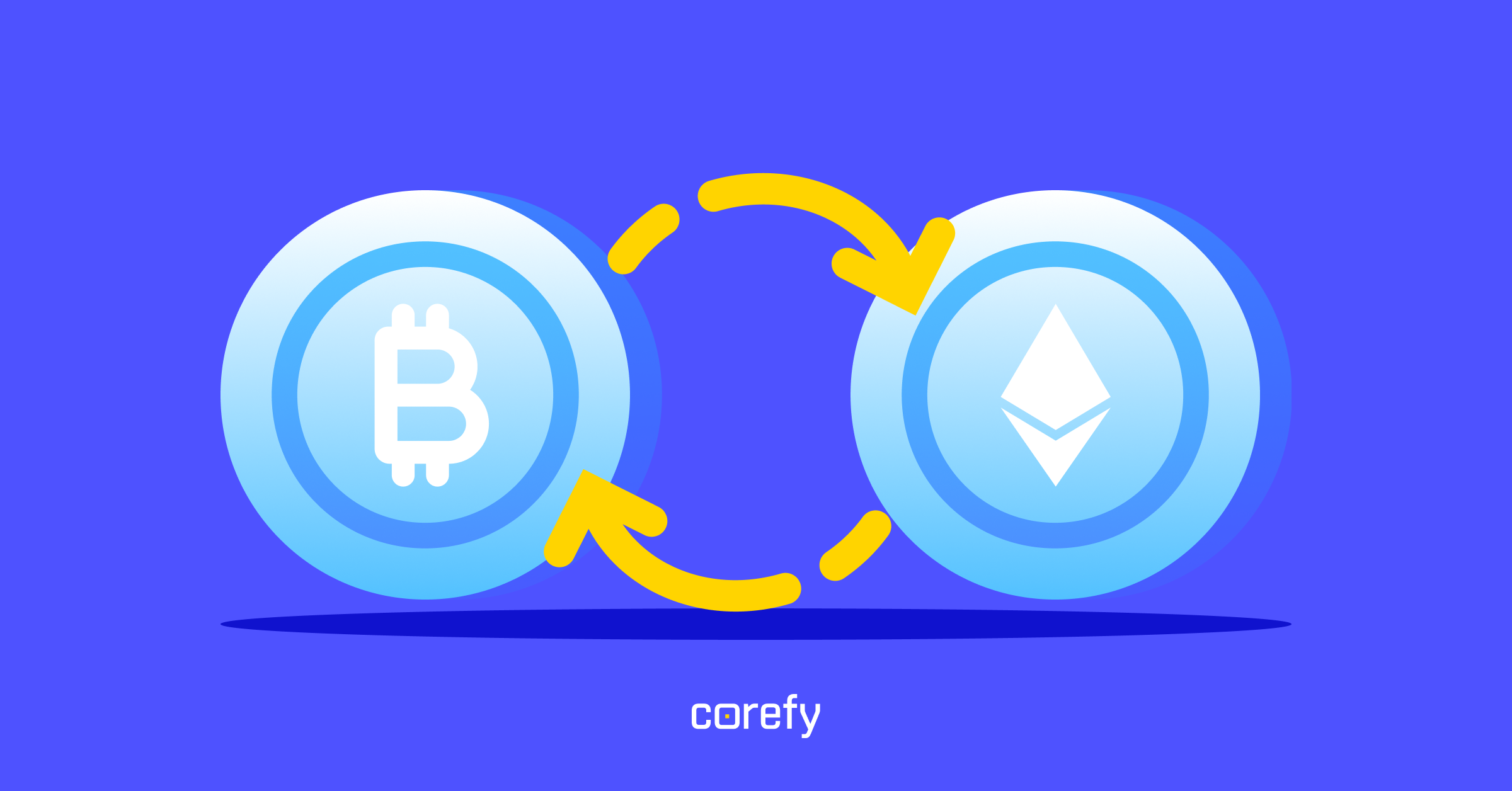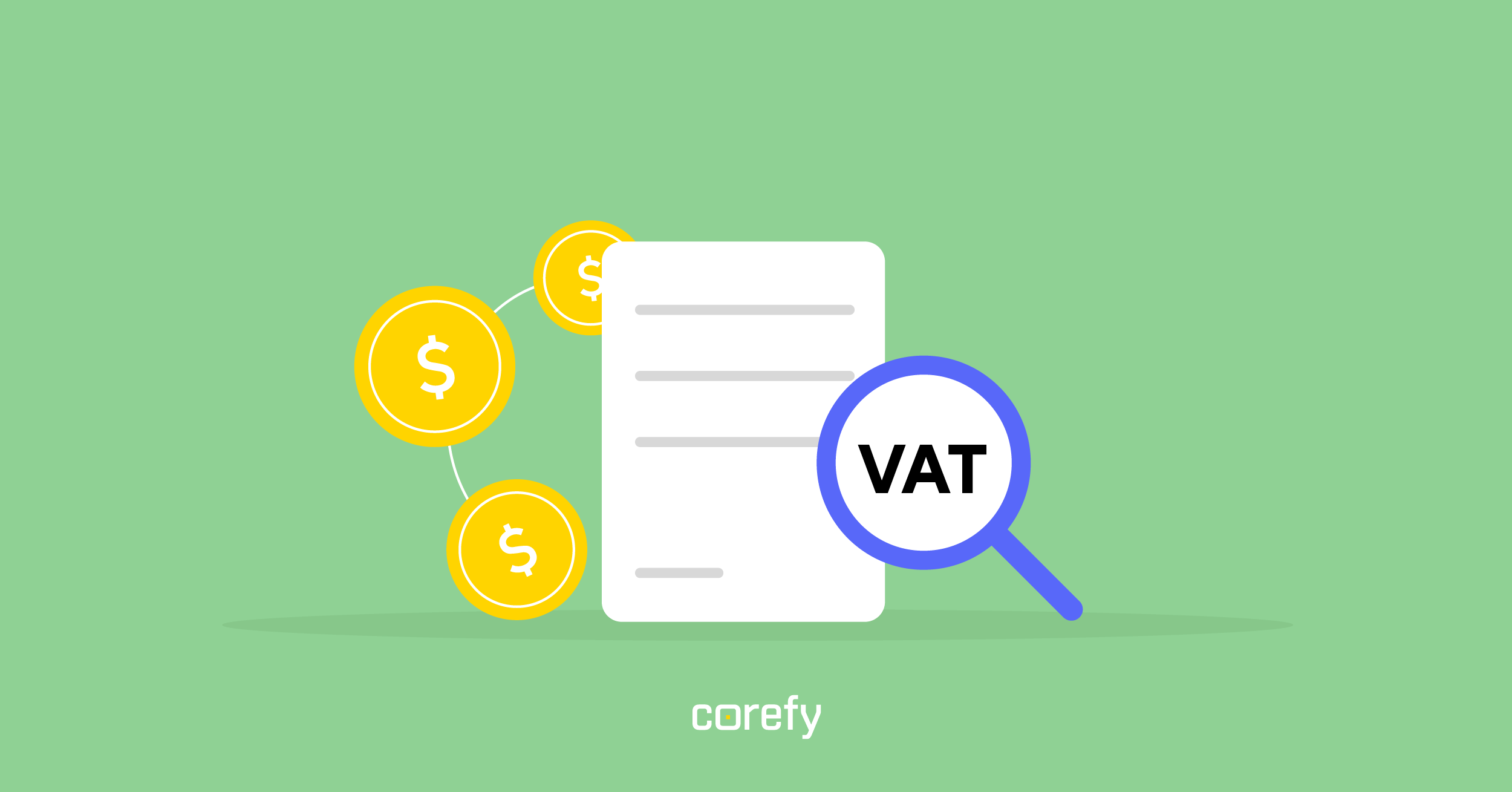One of the worst excuses to have for not safeguarding your business from payment outages is an “it won’t happen to me” mindset. Such an attitude is a pardonable misconception for a small business. The resources they have are often very limited, and the transaction flow is easily manageable thanks to its moderate scale. Still, we believe that even for such businesses payment downtimes should be an issue providing food for thought and meriting consideration. Large enterprises also often tend to have an “it won’t happen to me” mindset. A few lucky ones, who have been working and growing for years without facing a global payments outage, are most likely to fall into this trap and be hit by a sudden payments downtime the most.
So, no matter what kind of a business you run, if you accept payments online, the necessary steps need to be taken to prevent an incident from occurring. In this article, we’ve gathered the data showing that no business is immune to payment downtimes, and advice on alleviating the related risks.
Outages are increasing in frequency
Online businesses typically rely on a complex microservices architecture to run their day-to-day activities. A lot can go wrong, from hardware issues, unavailability of internet or electricity, to payment provider outage. Being online businesses themselves, payment providers may also be vulnerable to all kinds of technical problems resulting in downtime. It can impact revenue, damage customer trust, and consume engineering time for both themselves and the businesses they serve. Of course, trustworthy payment gateways do their best to avoid such situations.
However, no one is immune — even the titans are prone to outages. For instance, in October 2020, Eurosystem-owned TARGET2, the platform for processing large-value payments, was down for almost 10 hours due to an unexpected incident. Then, Google ended the year with a notable outage that took down Gmail, Drive, and all other Workspace apps. A few weeks later, Slack faced disruptions, which lasted for a few hours as users returned to work after the holidays.
All in all, the global statistics of 2019 shows that only 6% of businesses haven’t experienced an unplanned outage of some kind, with 61% of companies have faced it more than twice per year.
How downtime of a payment provider affects businesses
Chances are, the first thought of a business owner finding out that their only payment gateway is down would be about the revenue the company is losing. Chaos engineering platform Gremlin calculated how much money could e-commerce giants lose during an outage. The results are striking: a minute of downtime would cost Walmart over $40,000, while Amazon is risking no less than $220,000.
Moreover, every minute of downtime incurs not only financial, but also reputational losses. Nobody likes dealing with a malfunctioning or glitchy service, especially when it comes to payments. It may also result in regulators’ inquiry and bad publicity.
Once an outage occurred, no matter if it lasted just a few minutes, it may take a lot of time and effort to solve the problem, settle the disputes, recoup the losses, and regain customers’ and partners’ trust.
Fortifying against downtimes with payment routing and cascading
All things considered, it’s better to soften the blow before it’s too late by getting armed against payments downtime in advance.
First of all, you have to make sure that the payment gateway you use is reliable enough. Every decent payment service provider has a status page, allowing anyone to check its uptime and health. If your provider keeps such information a secret, maybe it’s time to look for another one. And once you’re at it, alongside the candidate’s stability, you should consider the transparency and feasibility of fees, ease of integration process, the quality of checkout experience, payment methods and additional features provided.
If you run a medium or large enterprise, working with one provider may be not enough. Integrating a few different payment gateways would help you improve customer experience and ensure operational continuity no matter what with the help of routing and cascading.
- Routing is one of the crucial elements of payment processing. Your conversion and approval rates are directly dependent on how you route your transactions. It can be done manually or automatically, based on a variety of selected parameters, like card issuer (country, bank, INN/BIN), type, and brand; auth mode (CVV/3DS); store (commerce account); location; amount; currency, etc. The main aim of routing is to send the transaction to the provider where it is most likely to be settled quickly and successfully.
- Cascading is a crucial element of the intelligent payment routing strategy. It helps to avoid the loss of sales caused by the provider’s malfunctions. When a situation like that occurs, each transaction will be automatically rerouted to the active vendor. It results in a dramatic decrease in the decline rates, and therefore, in a revenue boost. Moreover, you can save on processing fees by directing transactions from a particular region to providers with higher approval rates and lower charges.
Why choose Corefy’s smart processing tools
Corefy has been developing payment solutions for more than ten years, learning what works, what doesn’t, and what helps our clients to reach the top. This knowledge and experience are what our smart processing tools built upon. Our toolkit comprises the latest payment technologies for efficient processing, like intelligent routing. It automatically sends every transaction to the provider offering the highest probability for success. Alongside cascading and failover management, dynamic routing helps to eliminate the effect of any issues on the providers’ side on your business. Your customers enjoy the seamless and frictionless experience, while your business benefits from operational continuity and increased conversion.
We provide a holistic payment infrastructure and tackle every technical issue related so that you don’t have to. Feel free to get in touch to see our platform in action, share your pains, and find a solution you’ve been looking for.













